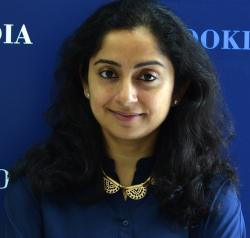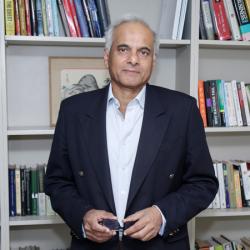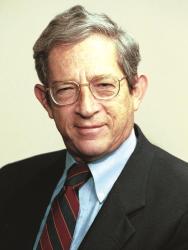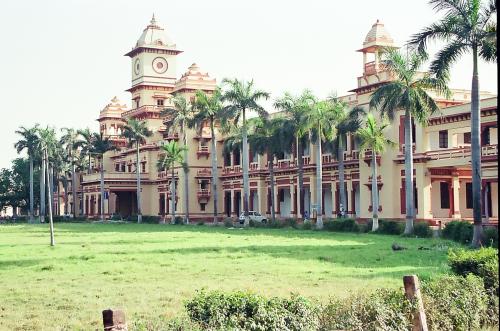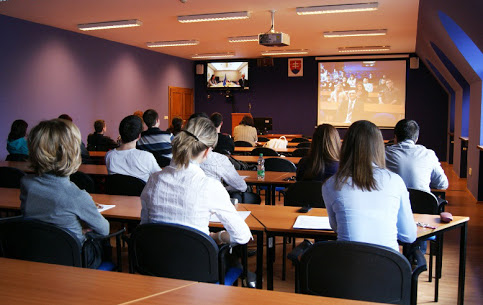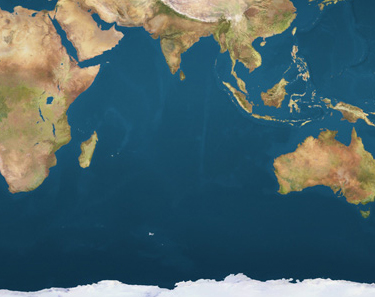Content from the Brookings Institution India Center is now archived. After seven years of an impactful partnership, as of September 11, 2020, Brookings India is now the Centre for Social and Economic Progress, an independent public policy institution based in India.
This collection of short memoranda on India-U.S. relations has been written by experts from Brookings India and its affiliate, the Brookings Institution in Washington DC. The memos each represent the personal views of the authors and not the institutions themselves. They are meant to provide different, and sometimes differing, perspectives on how to make progress on some of the top issues on the India-U.S. agenda.
The views are expressed in this publication are those of the author(s).
India-U.S. | Looking back: Highs, lows, and steady progress
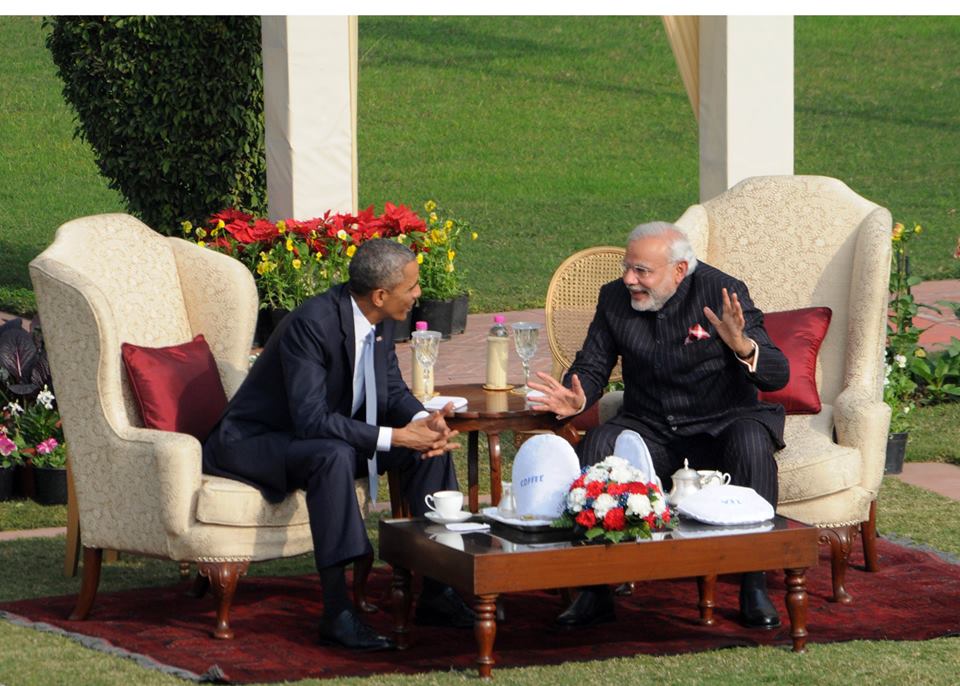
Authors: Dhruva Jaishankar
Brookings India Fellow Dhruva Jaishankar looks at the highs and lows in relations since 1998 and the considerable progress made
Downloads:
Security Ties
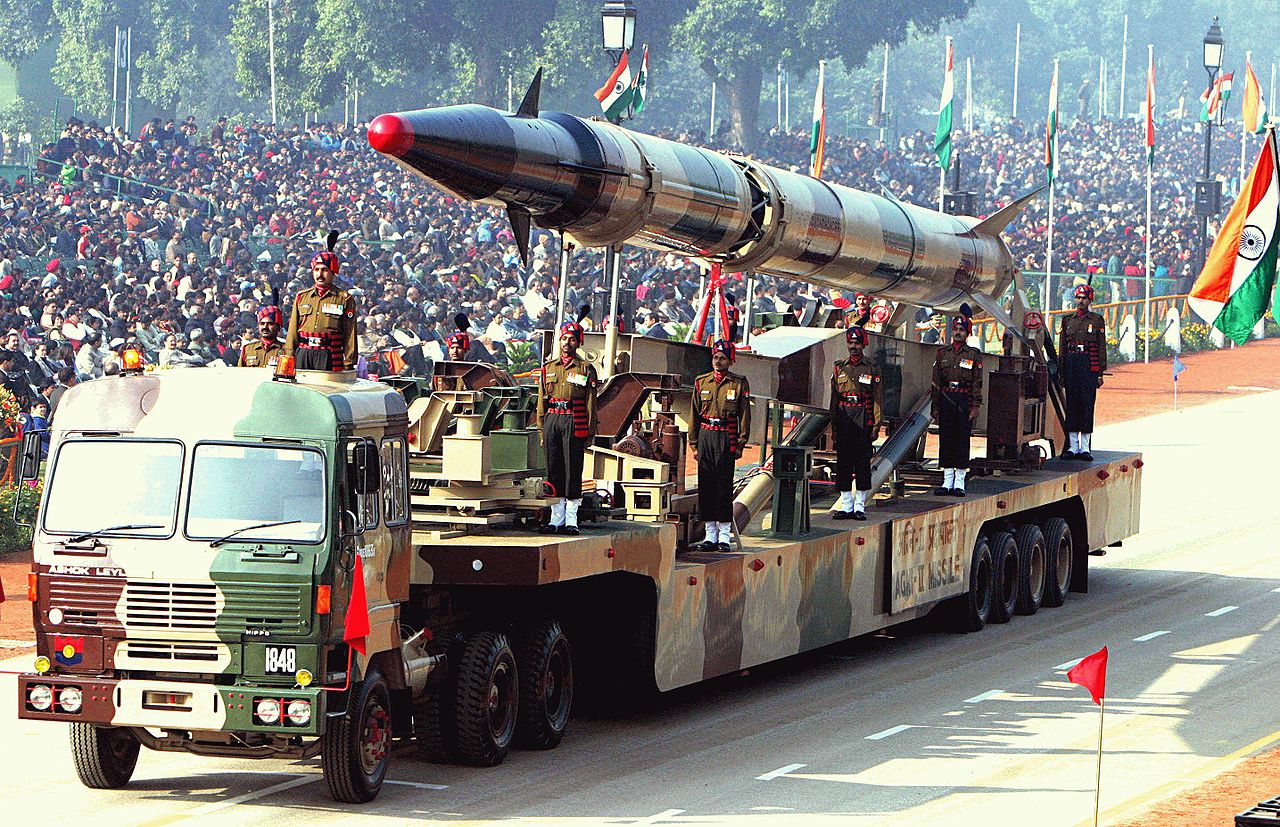
Authors: Teresita Schaffer
Teresita Schaffer outlines the key strategic convergences and remaining obstacles to the India-U.S. security partnership. She suggests that the United States respect India’s desire for strategic autonomy and that the two sides deepen their dialogue on Pakistan, Afghanistan, and the Middle East.
Economic and Trade Relations
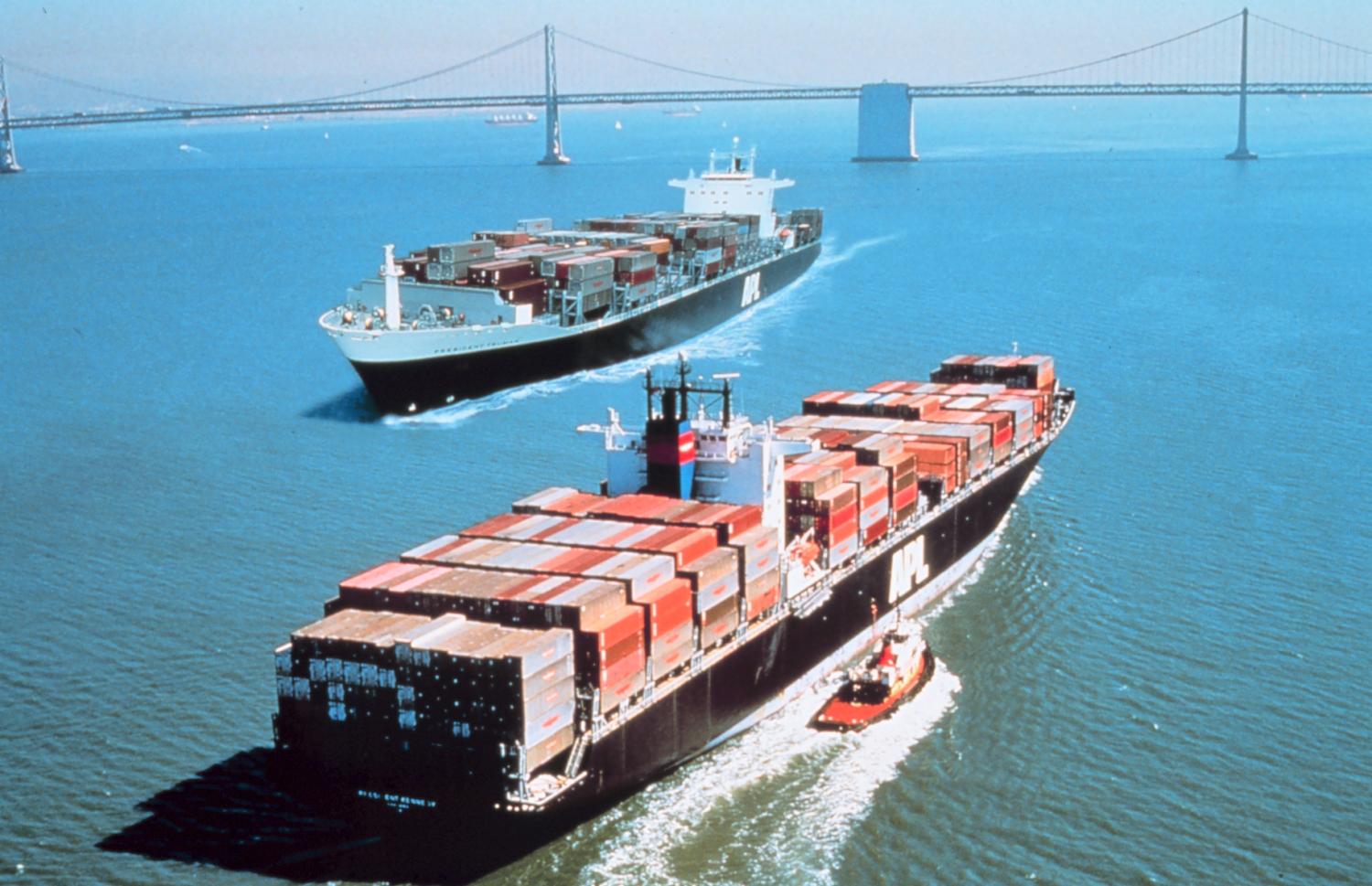
Joshua Meltzer argues that India risks being left behind by recent mega-regional trade agreements. Among other measures, he recommends that India be included in the Asia-Pacific Economic Cooperation (APEC) forum and the Trade in Services Agreement (TiSA).
Intellectual Property Rights

Authors: , Hillary Schaub
Darrell West and Hillary Schaub recommend that differences over intellectual property be bridged through dialogue and by encouraging patenting that could benefit Indian innovators.
Higher Education

Authors: Shamika Ravi
In the second section, covering areas of cooperation that could help accelerate India’s development, Shamika Ravi argues that India’s ailing higher education sector could benefit from longer tenures for U.S. faculty in the country, a greater emphasis on community college collaboration, and an overhaul of the regulatory bodies that oversee Indian tertiary education.
Healthcare

Authors: Kavita Patel
Kavita Patel sees parallels between U.S. and Indian struggles to provide affordable access to healthcare, and suggests ways for India to learn from U.S. experiences in medical training, prevention and diagnosis, and telemedicine.
Energy and Environment
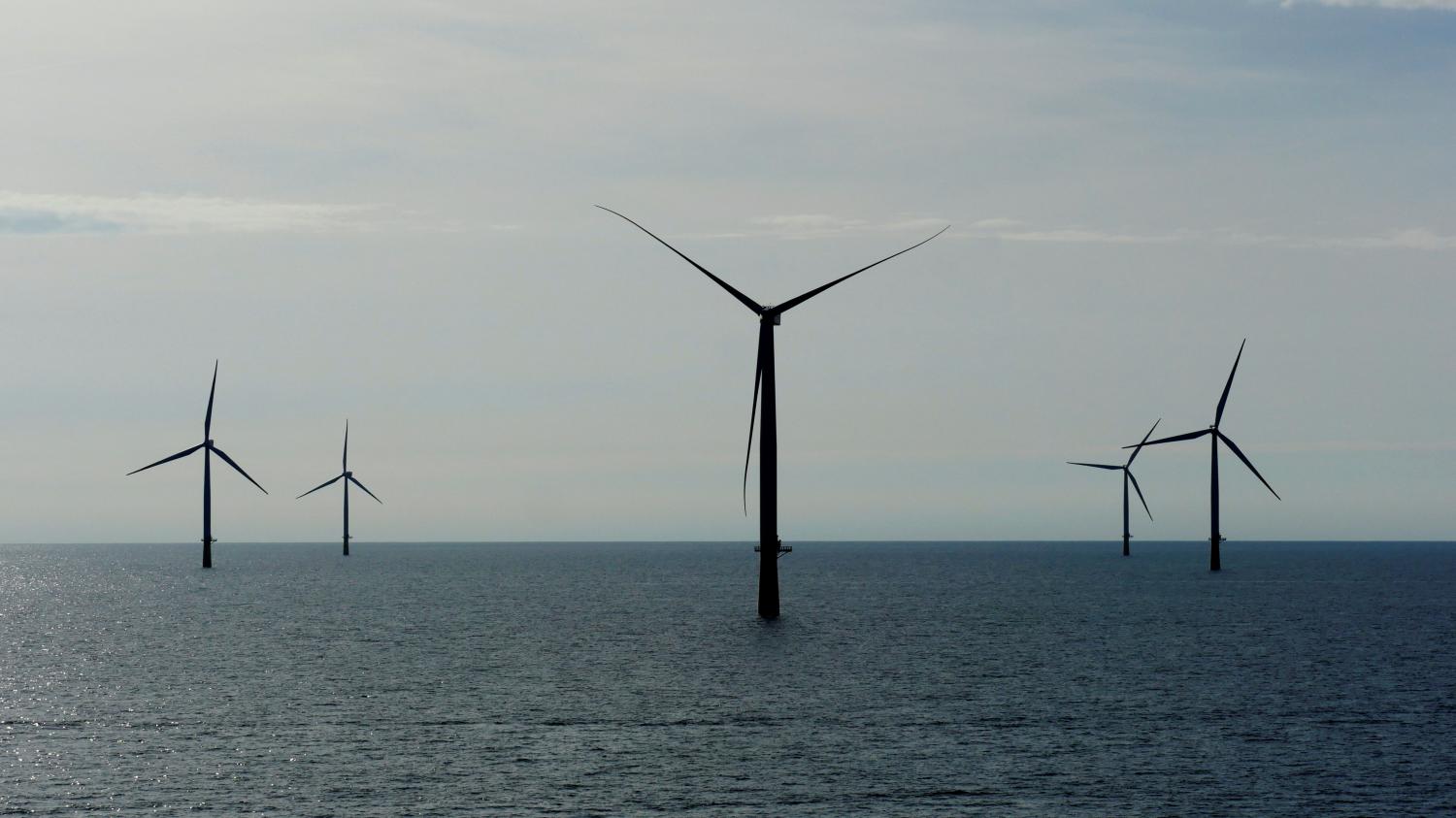
Authors: Vikram Singh Mehta
Vikram Singh Mehta describes the structural changes underway in the international energy market and argues that India can adopt American practices of deploying government resources to support energy-related innovations.
The South China Sea
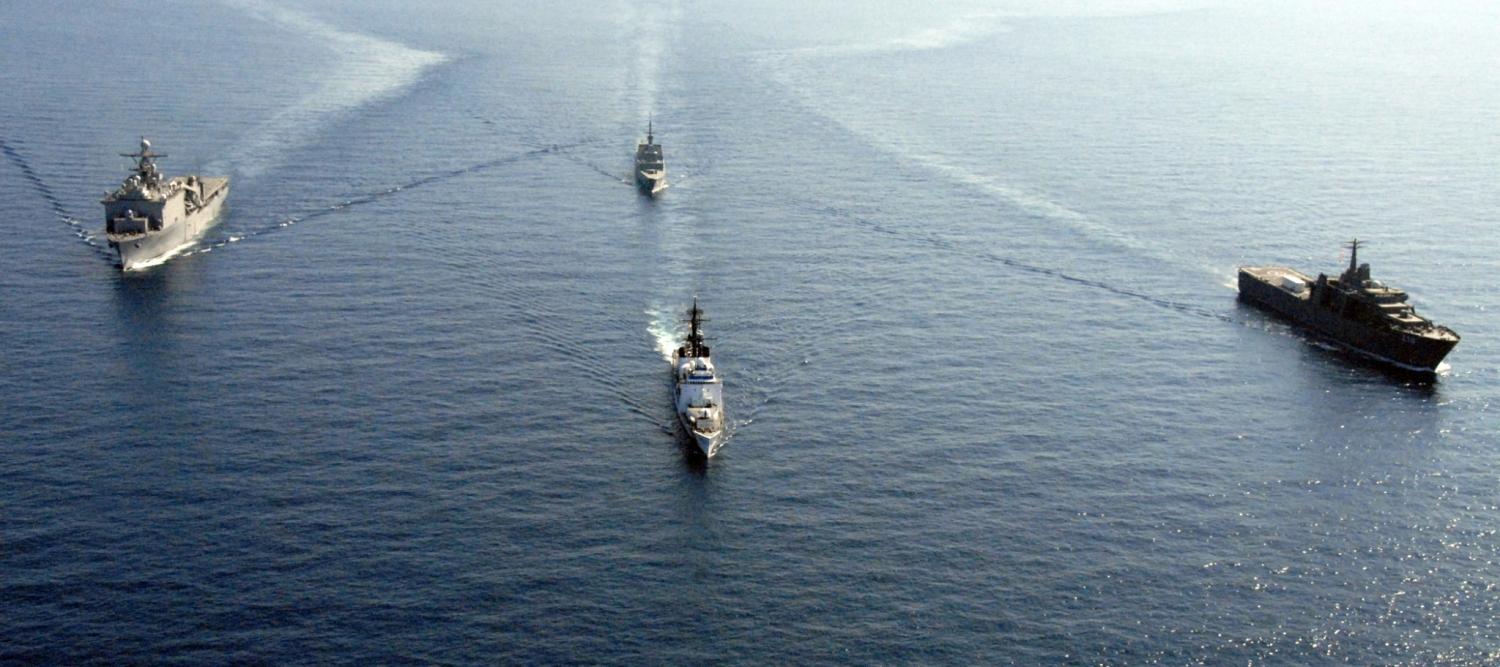
Authors: Joseph Chinyong Liow
In the third section, on regional issues, Joseph Liow argues that India and the United States should continue to uphold the principles of freedom of navigation and spirit of the UN Convention of the Law of the Sea in the South China Sea, while building up the coast guard capabilities of Southeast Asian states.
Pakistan
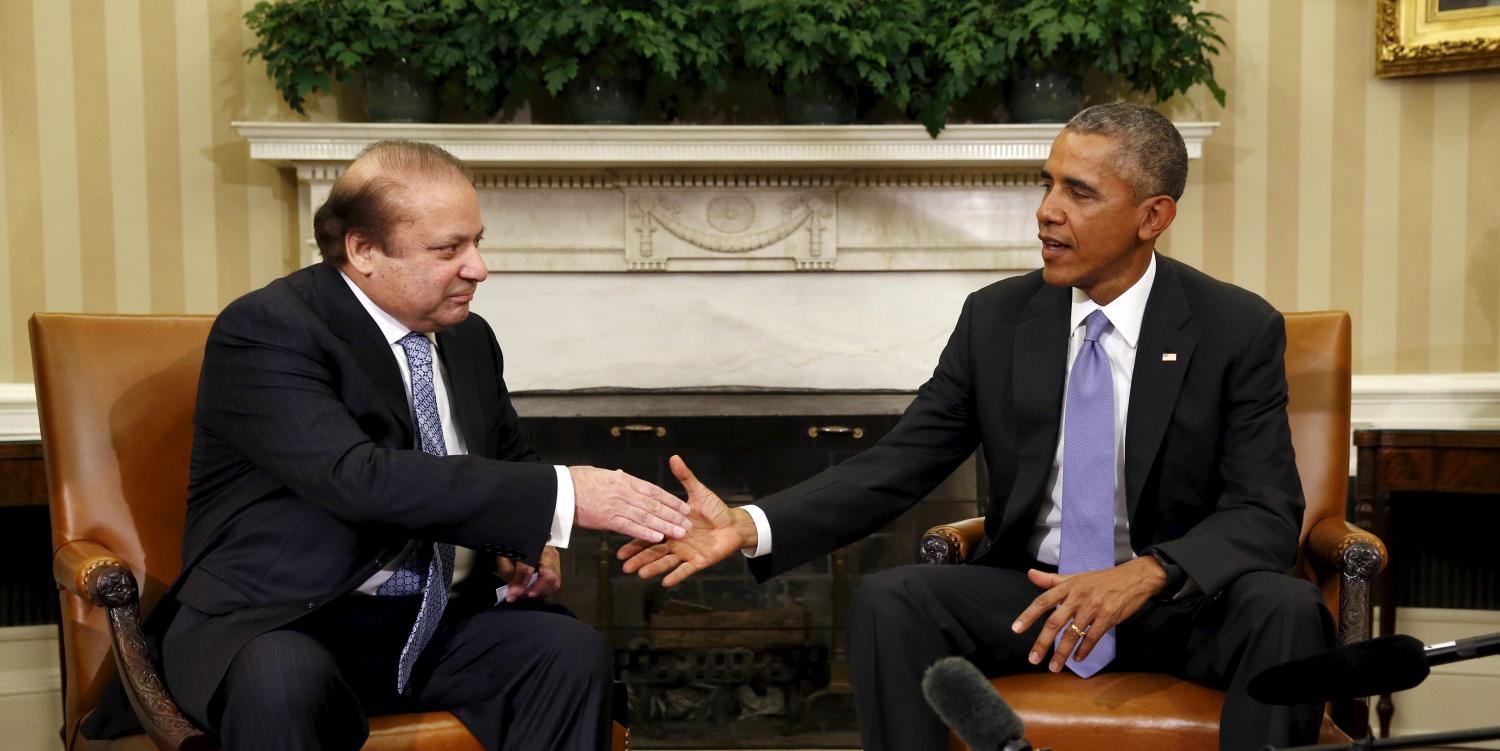
Authors: Stephen P. Cohen
On Pakistan, Steve Cohen describes India and the United States’ distinct challenges with that country, and suggests closer consultations on nuclear security, regional trade, and Afghanistan’s future to mitigate the problem.
Afghanistan
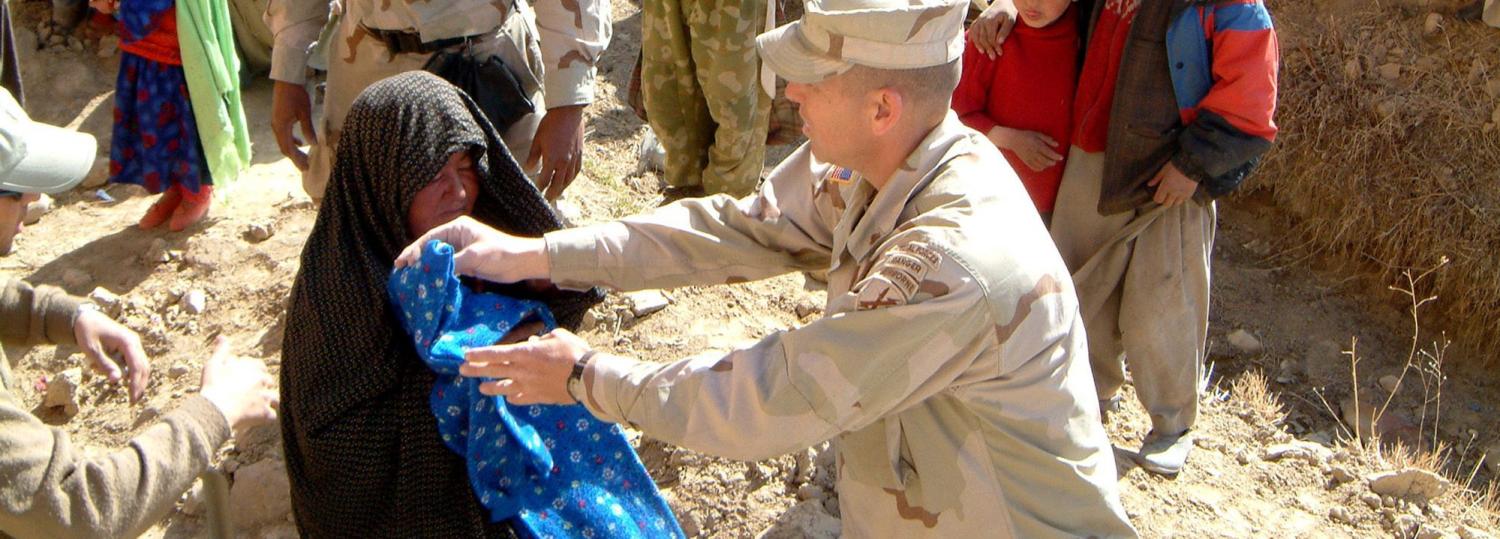
On Afghanistan, Michael O’Hanlon suggests that the U.S. make a four year commitment to Afghanistan’s security, while India and others contemplate ways to promote long-term cooperation.
Looking Forward: Uncertainties and Black Swans
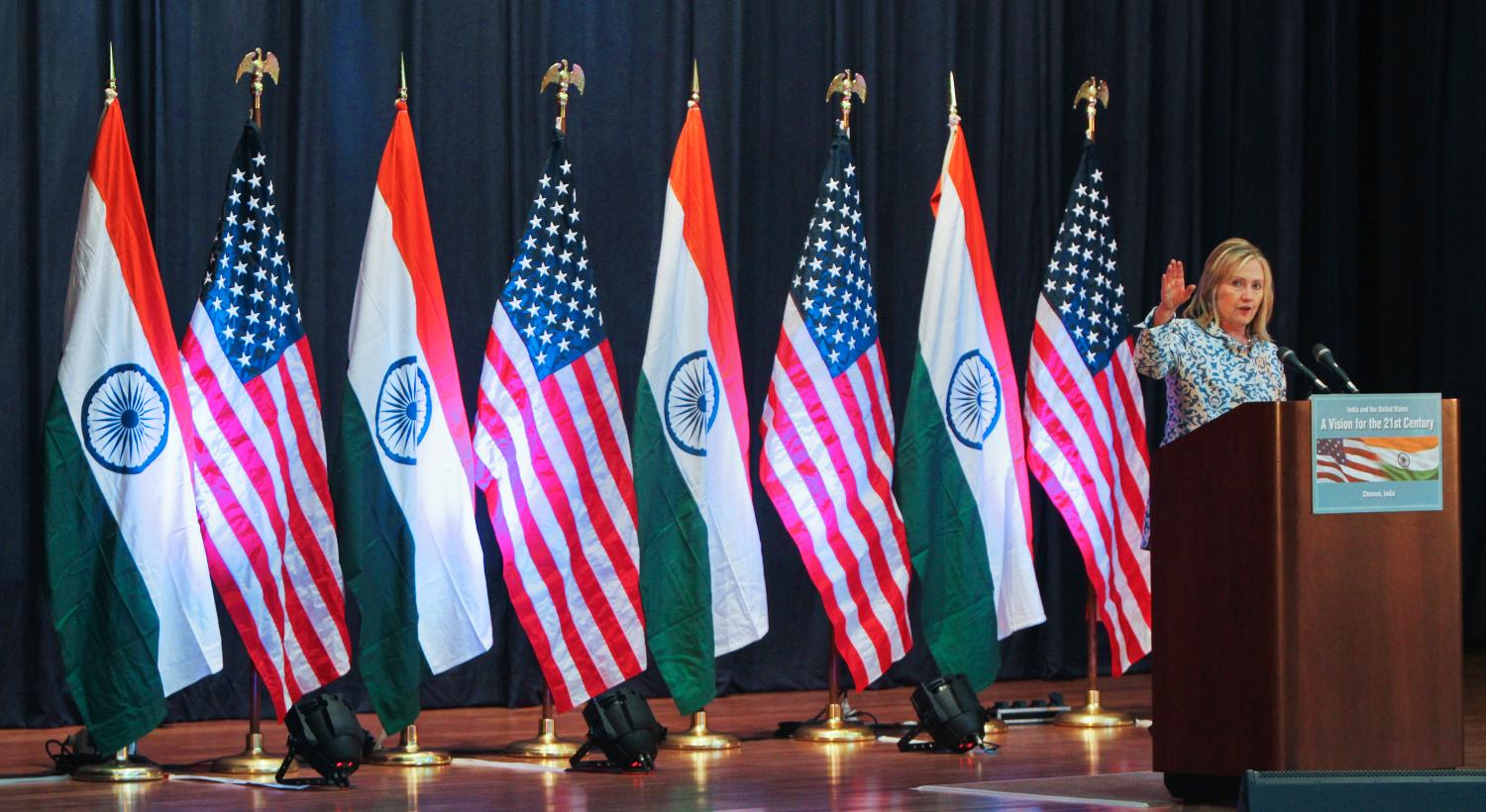
Authors: Tanvi Madan
Finally, because international relations almost never progress in a linear fashion, Tanvi Madan examines some of the high-impact but low-probability events that may affect the India-U.S. relationship in the future: so-called “black swans.” These include various economic, security, and environmental shocks, regional conflicts, and state disintegration in regions where both the United States and India have interests.
The Brookings Institution is committed to quality, independence, and impact.
We are supported by a diverse array of funders. In line with our values and policies, each Brookings publication represents the sole views of its author(s).


